Description
Black Turmeric, Kali haldi “Curcuma caesia”
Black Turmeric, scientifically known as Curcuma caesia, is a rare and fascinating herbaceous plant native to the Indian subcontinent. This unique species, distinguished by its striking blackish-blue rhizomes, has gained considerable attention due to its various medicinal properties.
Characteristics and Uses of Black Zedoary
- Medicinal Potency: The high medicinal value, rich content of curcuminoids, which attribute it with potent anti-inflammatory and antioxidant properties.
- Traditional Healing: It has a long history of use in Ayurvedic and traditional medicine for arthritis and joint pain.
- Digestive Aid: Traditionally, people use its roots to alleviate digestive issues, offering a natural remedy.
- Liver Health:Its properties enable Curcuma caesia to show promise in supporting liver health and facilitating detoxification.
- Botanical Interest: The unique coloration of its rhizomes has sparked significant interest among botanists and horticulturists.
- Cultural Significance: In addition, Black Turmeric holds cultural and traditional significance, often playing a role in local rituals and ceremonies.
- Culinary Uses: Some cuisines incorporate Black Turmeric for its distinct flavor and color, especially in dishes and beverages, adding a unique culinary dimension.
- Habitat and Distribution: In specific regions of the Indian subcontinent, it thrives predominantly, with a preference for forested or hilly areas.
- Sustainable Conservation: To ensure the sustainable harvesting and preservation of this remarkable plant species, conservation efforts are currently in progress.
Caring of Black Turmeric “Curcuma caesia”
- Nurturing Black Turmeric: Cultivating Curcuma caesia requires careful attention to its unique needs.
- Watering and Soil: Provide well-drained soil and consistent moisture to ensure its growth.
- Shade and Sunlight: Black zedoary thrives in partial shade, so ensure it receives adequate but not harsh sunlight.
- Protect from Frost: Protect the plant from frost during colder months to prevent damage.
- Pruning and Harvesting: Prune the plant as needed and harvest rhizomes carefully for various uses.
- Pest Control: Monitor for pests and employ natural remedies if necessary to maintain its health.


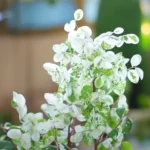

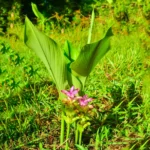
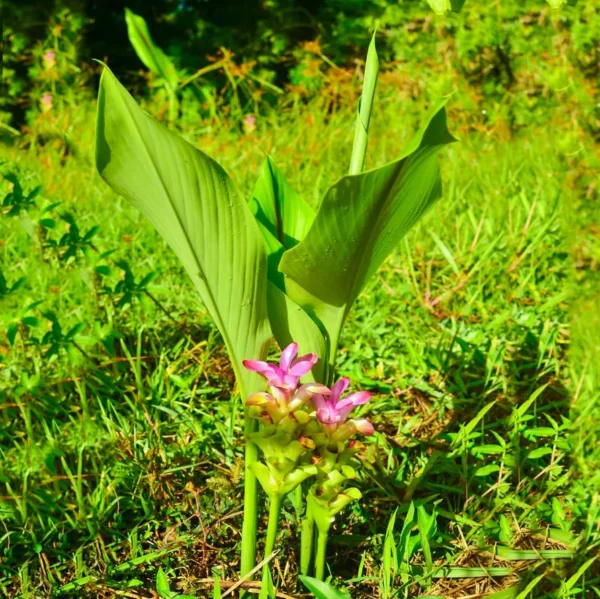
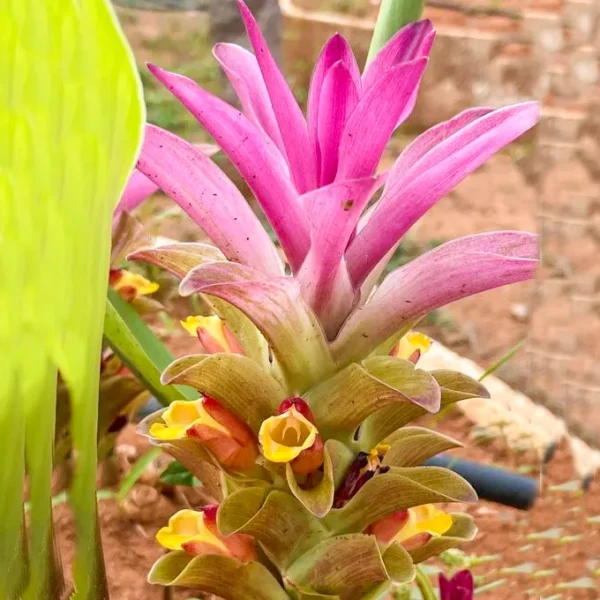
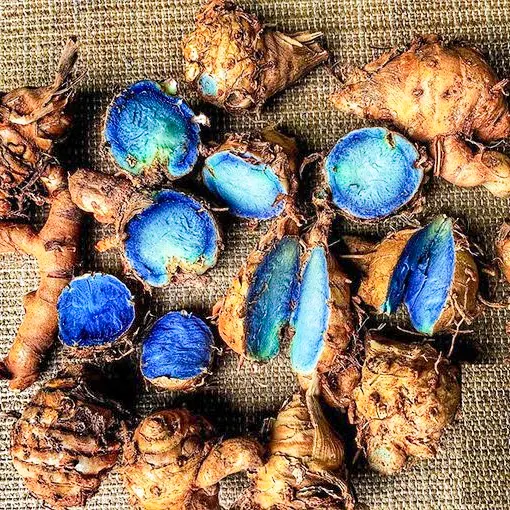
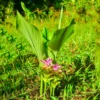
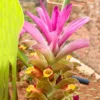
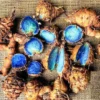
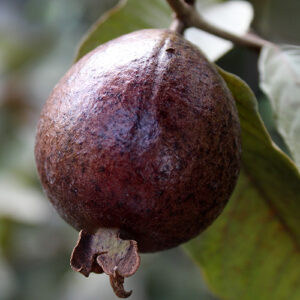
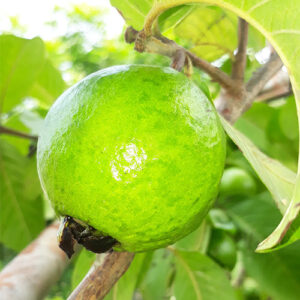

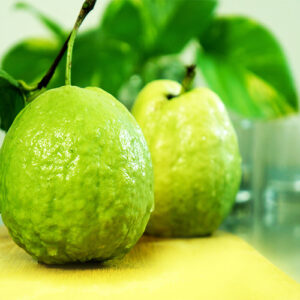
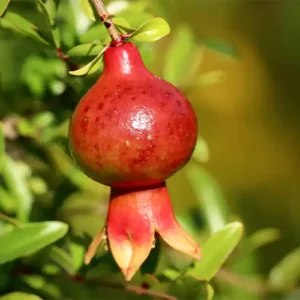
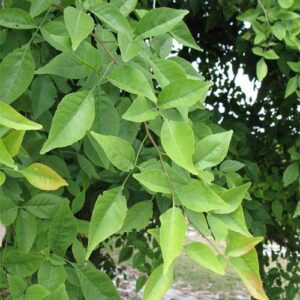
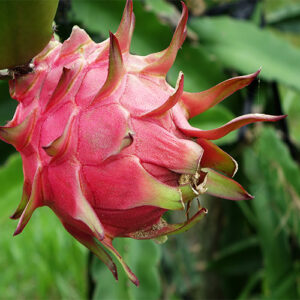
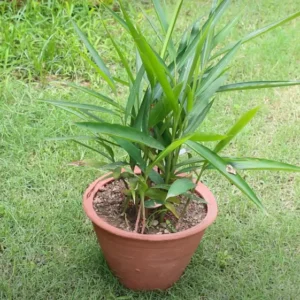
Reviews
There are no reviews yet.